#FISH
Text

Hans Kemp: Vietnam (2005)
1K notes
·
View notes
Text

1K notes
·
View notes
Text


Fish HRT PART 4 MONTH 3
START
PREV
BONUS EPISODE 1 made by the amazing @prettiestplatypus
BONUS EPISODE 2 Collab with @kaylasartw
#transgender#art#my art#transgirl#illustration#original art#oc#comics#doodle#fishsona#fish#furry hrt#fantasy hrt#animal hrt#fish hrt#therian
775 notes
·
View notes
Text
949 notes
·
View notes
Text



Fish fry with tartar sauce (crispy pan-fried cod)
#fish and chips#fries#french fries#fish#food#fried fish#chips#tartar sauce#lemon#main dishes#meal#dinner#fish fry#tasty#foodporn#delicious#cooking#food photography#foodgasm#recipes
207 notes
·
View notes
Text



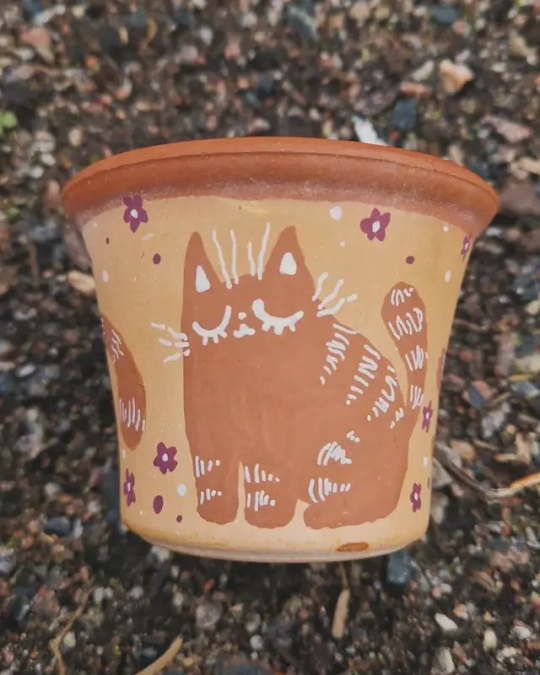
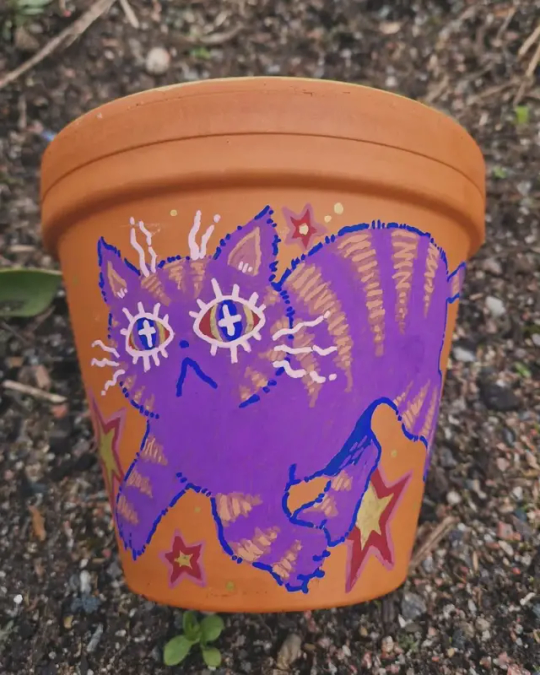

three painted pots i will be selling at fijuk marknad in gothenburg saturday 27 april!
#traditional art#poscas#posca pen#posca#cat#mouse#fish#traditional media#pots#Gothenburg#Sweden#Swedish#fijuk marknad#Longest night#Göteborg#Sverige
215 notes
·
View notes
Text

while i'm packing up the dorm for the summer, here's the two photos of my parents i brought with me, before i stash them away in bubblewrap: my dad gleefully holding up a barracuda, and my mom grimacing in fear at a teeny tiny stingray on the end of her line
155 notes
·
View notes
Text

a 2000 Angolan stamp depicting rainbow trout.
[ID: a postage stamp with a realistic illustration of three rainbow trout, two of which are only partially visible. the trout have red at their gills and are predominantly yellow with dark speckles. most of their fins appear to be either translucent or opaque and white. the trout have been captioned "truta esverdeada". the face value of this stamp is 3.50 Angolan kwanza. end ID]
180 notes
·
View notes
Text

red&white baron 🍷
#monster#humanoid#art#my art#fish#adopt#anthro#kinda mix of betta fish snake and sea bun iloovmishmashin
164 notes
·
View notes
Photo
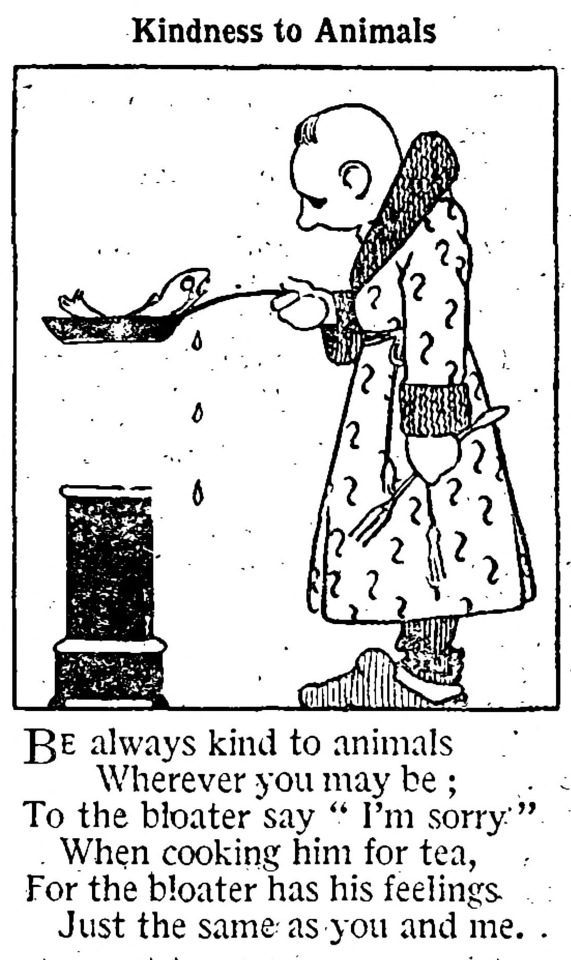
Source details and larger version.
Grab a hanky: here's my collection of vintage crying animals.
#vegetarian#poem#fish#1920s#humanitarianism#kind to animals#vintage illustration#illustration#crying animal
98 notes
·
View notes
Text

A common seadragon (Phyllopteryx taeniolatus) in Botany Bay, NSW, Australia
by John Turnbull
#common seadragon#seadragons#seahorses#bony fish#fish#phyllopteryx taeniolatus#phyllopteryx#Syngnathidae#syngnathiformes#actinopterygii#chordata#wildlife: australia#wildlife: oceania
101 notes
·
View notes
Text
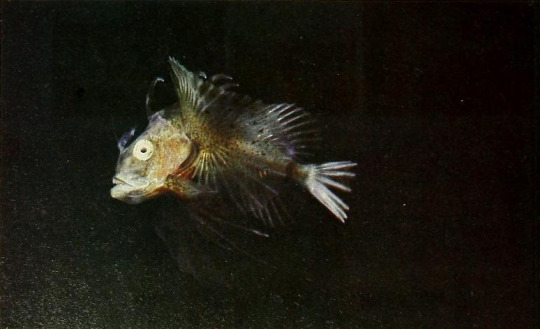
Goosefish
By: Fred Bavendam
From: Natural History Magazine
1984
79 notes
·
View notes
Text

HANSA Coelacanth
#plush#plushie#plushies#plushblr#plushcore#toycore#soft toy#stuffed animals#hansa#coelacanth#fish#indonesian coelacanth#sulawesi coelacanth#marine life#marine biology#plush: fish#plush: prehistoric
125 notes
·
View notes
Text
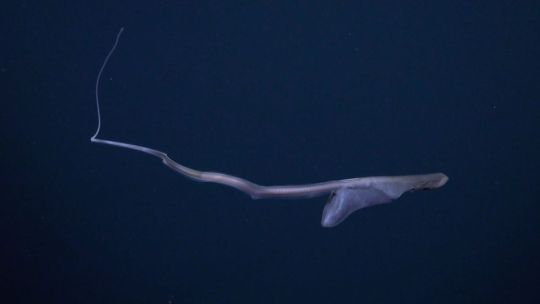
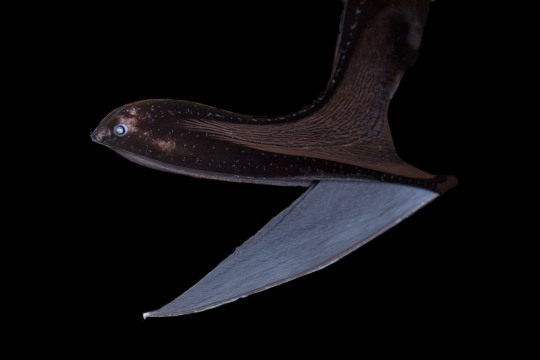
youtube
The Can-do Pelican Eel
The pelican eel, also known as the gulper eel (Eurypharynx pelecanoides), are the only known species of eel in the family Eurypharyngidae. They are found exclusively in the deeper parts of the water column, from depths of 500 up to to 3,000 m (1,600 to 9,800 ft), but are distributed throughout all the world's oceans.
The gulper eel is perhaps most famous for its unique body shape. Like many deep-sea fish, this species is highly adapted to its environment; maximum energy efficiency is the highest priority. To that end, the pelican eel has a large head, and a jaw estimated to be quarter of the total length of its body. The jaw is loosely hinged, meaning that gulper eels can open their mouths extremely wide. The rest of the eel, in contrast, is quite slender and long, about 0.75 m (2.5 ft) in length on average. Most individuals are black--so black, in fact, that they only reflect 0.5% of light; perfect for hiding from potential predators.
Although they look skinny, E. pelecanoides can expand their stomachs to hold prey much larger than themselves. Their primary prey consists of crustaceans and cephalopods, though they may feed opportunistically on other fish. Because it is so well camouflaged, it uses bioluminescent organs on the tip of its tail to attract prey. Gulper eels themselves are preyed upon by lancetfish and other larger deep-sea fish. To deter predators, they will gulp down a large amount of water; this stretches the loose skin around their head and throat, and inflates them to several times their usual size.
Because of their remote location, the breeding habits of gulper eels are relatively unknown. However, it is believed that smell plays a large part in attracting a mate, as pelican eels have highly developed olfactory organs. Like other eels, they're born as tiny, transparent larvae in a state known as the leptocephalus stage. At this stage, they do not have any red blood cells. Researchers aren't sure how long it takes gulper eels to become fully mature, or how long they live, but many believe that adults die shortly after mating.
Conservation status: The population size of E. pelecanoides has not been assessed, and thus the IUCN has not made a determination on its status. The greatest threat for this species is deep-sea trawling, which frequently brings up gulper eels as by-catch.
Photos/Video
Paul Caiger
Schmidt Ocean Institute
EV Nautilus Team (I highly recommend checking out their 2023 highlights reel!)
#pelican eel#gulper eel#Anguilliformes#Eurypharyngidae#eels#ray-finned fish#bony fish#fish#pelagic fauna#open ocean fauna#pelagic fish#deep sea#deep sea fish#Atlantic Ocean#Pacific Ocean#Indian Ocean#Arctic Ocean#Southern Ocean#animal facts#biology#zoology#ecology#marine fauna#marine fish#Youtube
122 notes
·
View notes
